It turns out that the 18th-century English had the same BVLOS problems we do now. But with boats. Specifically, big boats.
Back then the English had the unfortunate problem of having an empire across the entire world and that meant they needed to send their navy to all sorts of unsavory places to suppress the locals. Like America. And then eventually they needed to bring those ships back home to the British Isles.
This going-to-America-and-back was a risky business because at that time they didn’t know where they were. Literally. Yes, they had the compass, but the compass only gave a vague sense of overall direction. So, the English (and others) were essentially guessing where their location was at any given moment. The plan was this: they would head west from Britain and when they finally saw land a couple of months later, they’d hoped that someone on board the ship had been there before and recognized the place. Then they would crawl along the coast till they found their port. Or something they recognized. We’re not joking. That’s really what they did.
This also meant that if the land was “beyond visual line of sight” (like in the middle of the night or in fog), there was a serious chance that the land could creep up on you. And poke holes in the hulls of your ships.
This brings us to probably the most epic of all BVLOS failures ever - and its protagonist, Sir Cloudesley Shovel. (Yes, that was really his name.) You see, Sir Cloudesley Shovel was a British admiral who in 1707 was on his way back from doing “empire work” with a massive fleet of warships and he hit the ultimate BVLOS: a thick fog bank in the middle of the night near the Southwest coast of England. And then, because he didn’t know where he was (and therefore the land was BVLOS), he next proceeded to hit the rocks on that Southwest coast of England, poke many holes in the hulls of the ships, and, consequently, sink that entire massive fleet of warships, killing all on board.
But that was just Sir Cloudesley Shovel’s second life failure. He had failed before in another way. So why was Sir Cloudesley Shovel in such a big hurry to get back to England (and risk trying to navigate the ultimate ship BVLOS)? Our bet is that he was hot-to-trot to get home because he had a side hustle as an inventor. Well, “inventor” is a bit of a stretch. He “created” the first massive hairpiece that coined the term, “Big Wig.” You know that monstrosity on everyone’s head that you see in old paintings of Europeans back in the day. I think we can all agree that the Big Wig is probably the biggest fashion failure of all time.
So, getting back to Sir Cloudesley Shovel’s second failure, which, because it was such an impressive failure, it got people thinking: what if we knew where we were going on our ships? So, the English offered a prize to anyone who could figure it out.
It took many years of iteration and testing - and many different (and many quite stupid) ideas were proffered. Our personal favorite is the proposal to build thousands of barges, anchor them across the Atlantic in intervals, and then periodically launch fireworks from their decks to signal to passing ships.
But then enter John Harrison, who in 1765 (over a half a century since the Sir-Cloudesley-Shovel-type failures - both the ship and wig) invented the first mechanical spring-driven clock. You ask: why is a watch important to ships and the 18th century version of BVLOS?
Well, first, John Harrison had the amazing insight that pendulum clocks (which were the contemporary hot technology for time keeping) wouldn’t work on ships as they roll and pitch. More importantly, John Harrison was a metallurgy and engineering freak, who created a mechanism that automatically adjusted as the length of the spring metal changed in different temperatures. Which in turn meant hyper-accurate time keeping even on a ship rolling and pitching.
Second, John Harrison’s watch was an elegant technological feat, but it wasn’t alone. It was just the last piece in a larger science and technology puzzle of math, astrophysics, astronomy, etc. that had been around for years (indeed, in some cases for centuries). The result is this: if you know the time in London and there are 24 hours in a day and each hour represents a certain distance East and West (i.e., “15 degrees of arc”), then with a bit of math (and astrophysics, astronomy, etc.) you can very precisely locate yourself (at least in Longitude). And that’s why John Harrison’s watch is credited with radically reducing the number of Sir-Cloudesley-Shovel-type failures (well, at least the second one) - and radically helping the Brits get to more places more quickly in their ships.
Happy conquering Englishmen all around.
Let’s skip forward 300 hundred years to where we are with BVLOS (i.e., for drones, not ships). Or, more accurately, where we aren’t with BVLOS. As of early 2025 the FAA has not yet released the Notice of Proposed Rulemaking (NPRM) for Part 108. And it’s certainly the case that the delay has raised concerns within the drone industry about potential setbacks in the adoption of BVLOS operations.
To be fair, this is a monstrous problem that the FAA is facing and we’re not criticizing the FAA. BVLOS is essentially upending almost a century’s worth of process and regulation. And it’s more than just a regulation. It means technologies like detect-and-avoid systems and integrating drones with the National Airspace System.
To be fair (part 2), just like the English of the 18th century searching for the BVLOS solution for ships, the FAA has taken an iterative approach in issuing waivers - then testing to see what worked and didn’t work.
But these waivers have made the FAA even more cautious. They have seen first-hand not only what can go wrong (or almost wrong) but also the complexity of solving for all contingencies across multiple types of environments, e.g., what works in a rural environment doesn’t necessarily work in an urban environment - and vice versa.
But that’s just it. Monstrous problems with lots of complexities are difficult to handle in one hit. And it’s why we’d like to advocate for a different pathway for BVLOS: a “Part 108A” now focused on rural areas and then a later “Part 108B” for the more densely populated areas.
Yes, we know we are late to this game to comment on this but let us explain.
Different Environments Require Different Rules. The delivery start-up Zipline had a very important insight nearly 10 years ago. They realized that the US was not the place to launch a delivery service - which is why they launched first in Rwanda in 2016. Rwanda had a vision of how drone delivery could completely transform how they deliver health services to rural communities, which is why Rwanda set up a very innovative regulatory regime for those types of deliveries, taking an aggressive approach because lives were at stake.
While this is an oversimplification, the basic idea was this. Rwanda adopted a performance-based regulatory model, allowing drone operators to propose how they would meet specific safety standards set by the Rwanda Civil Aviation Authority (RCAA). This flexible approach enabled the government to consider different approaches for different geographical areas of the country. For example, BVLOS operations were generally limited to areas where a reliable Radio Line of Sight (RLOS) C2 link could be maintained, but as long as Zipline proved that it could hit certain safety thresholds and initial approvals, then it could make regular deliveries for many rural regions. And this proved to be remarkably effective and safe.
So why not take a similar approach in the US? Start with a “Part 108A” that is focused on how drone operators can meet certain safety standards for a defined list of rural areas of the US. These could be quite different than regulations for densely populated areas and easier to administer.
But where’s John Harrison’s watch? Or another way to put this is: do we have all the key pieces of technology to make BVLOS work? Recall that for the 18th-century BVLOS the math and astrophysics and astronomy existed well before 1765, and so the key issue for the English was that they didn’t have a “watch” to implement it.
That’s changed in today’s BVLOS. Thanks to companies like ResilienX, we do now have John Harrison’s “watch”, at least in some regions like Central New York. As explained by Andrew Carter, CEO and co-founder of ResilienX, “Two years ago the technology was not there. Now it is mature enough to handle traffic in more complex environments and at scale.”
Andrew further explained, “the FAA wasn’t granting many waivers a few years ago. Some of that was due to the technology and some due to the regulatory process on how to standardize waivers. In 2021: there were less than 50 BVLOS waivers issues. Today: over 200 waivers last year. The FAA knows how to approve that process.”
However, many of these new waivers are in rural areas where the complexities are not as daunting and the tasks are far more straightforward. The New York Power Authority (NYPA), for example, now has a permanent waiver to do line and pole inspections across much of its infrastructure. In that case the FAA had extreme confidence in the safety of NYPA’s process - but much of it had to do with the fact that it was a rural area. As an official pointed out to us (who asked not to be identified), the permanent waiver wouldn’t have been issued if the lines were in a densely populated area.
And that brings us to our point. If Part 108 is proving this difficult for the FAA to promulgate for the entire country (which is an immense task), let’s take Rwanda’s lead. Let’s simplify and start scaling in rural areas first.
About the Author: Justin Call is the CEO of Modovolo, a start-up that's launched the Lift, an endlessly configurable modular drone platform of Lift Pods and Utility Pods that are clicked together like Legos to build the right drone for every application, with hours of flight time, and at a price orders of magnitude less than anything on the market. You’ll want to see it for yourself.
About Modovolo: Modovolo is a start-up that's launched the Lift, an endlessly configurable modular drone platform of Lift Pods and Utility Pods that are clicked together like Legos to build the right drone for every application, with hours of flight time, and at a price orders of magnitude less than anything on the market. You’ll want to see it for yourself.
For inquiries, please contact: Justin Call, [email protected]

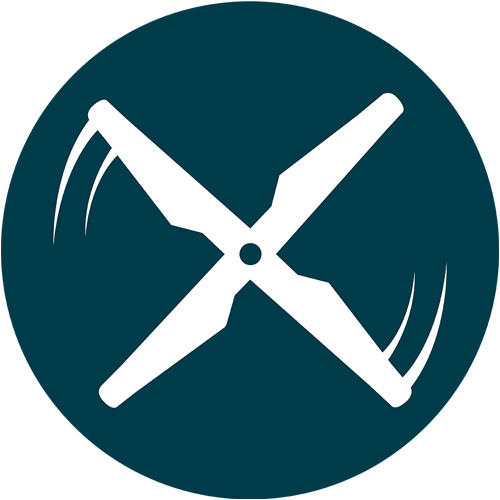
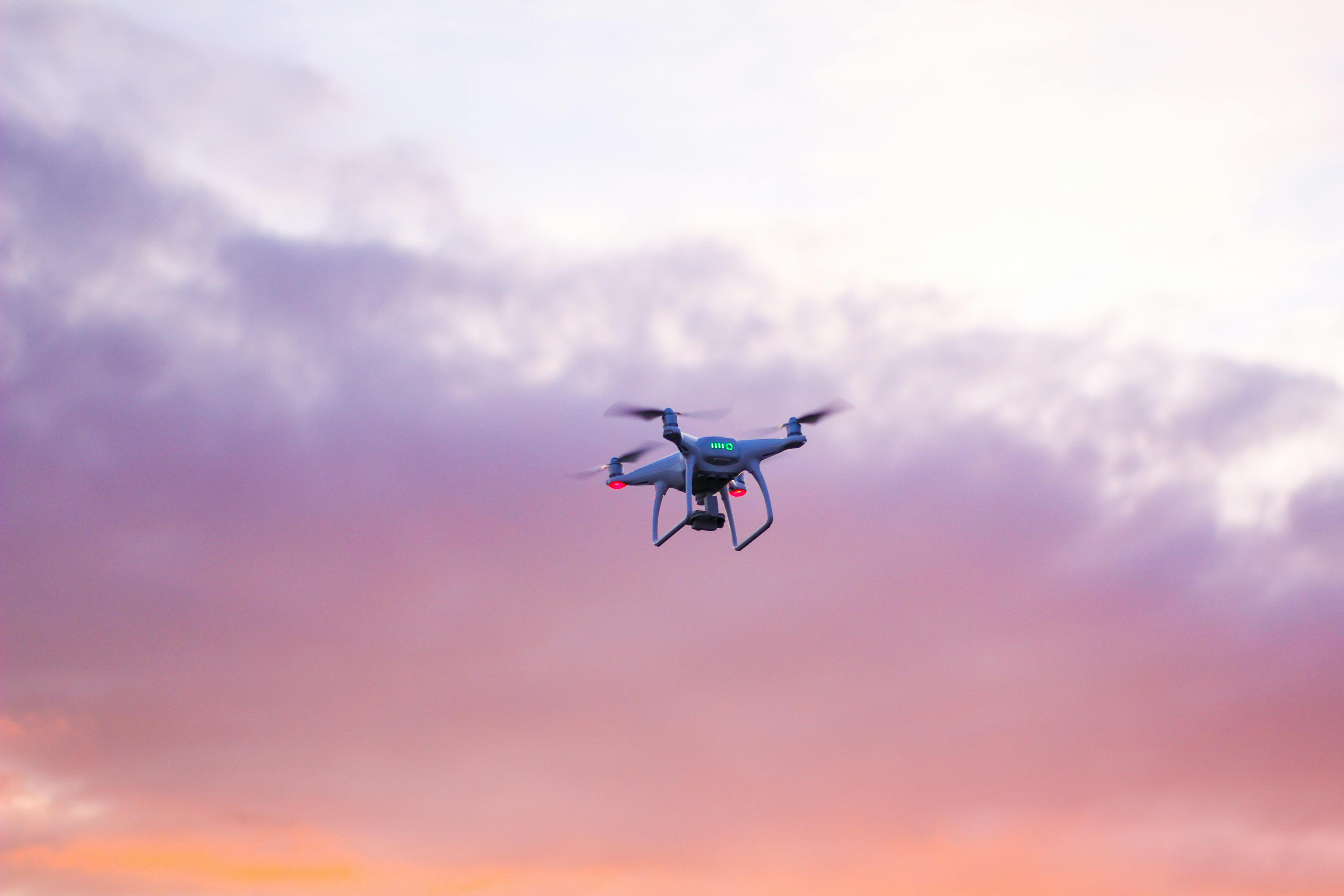

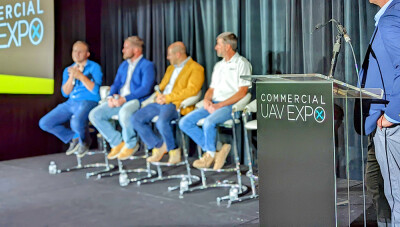
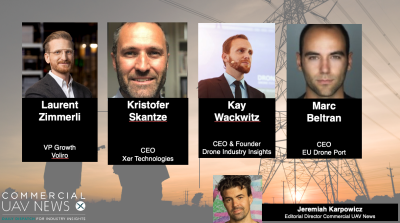

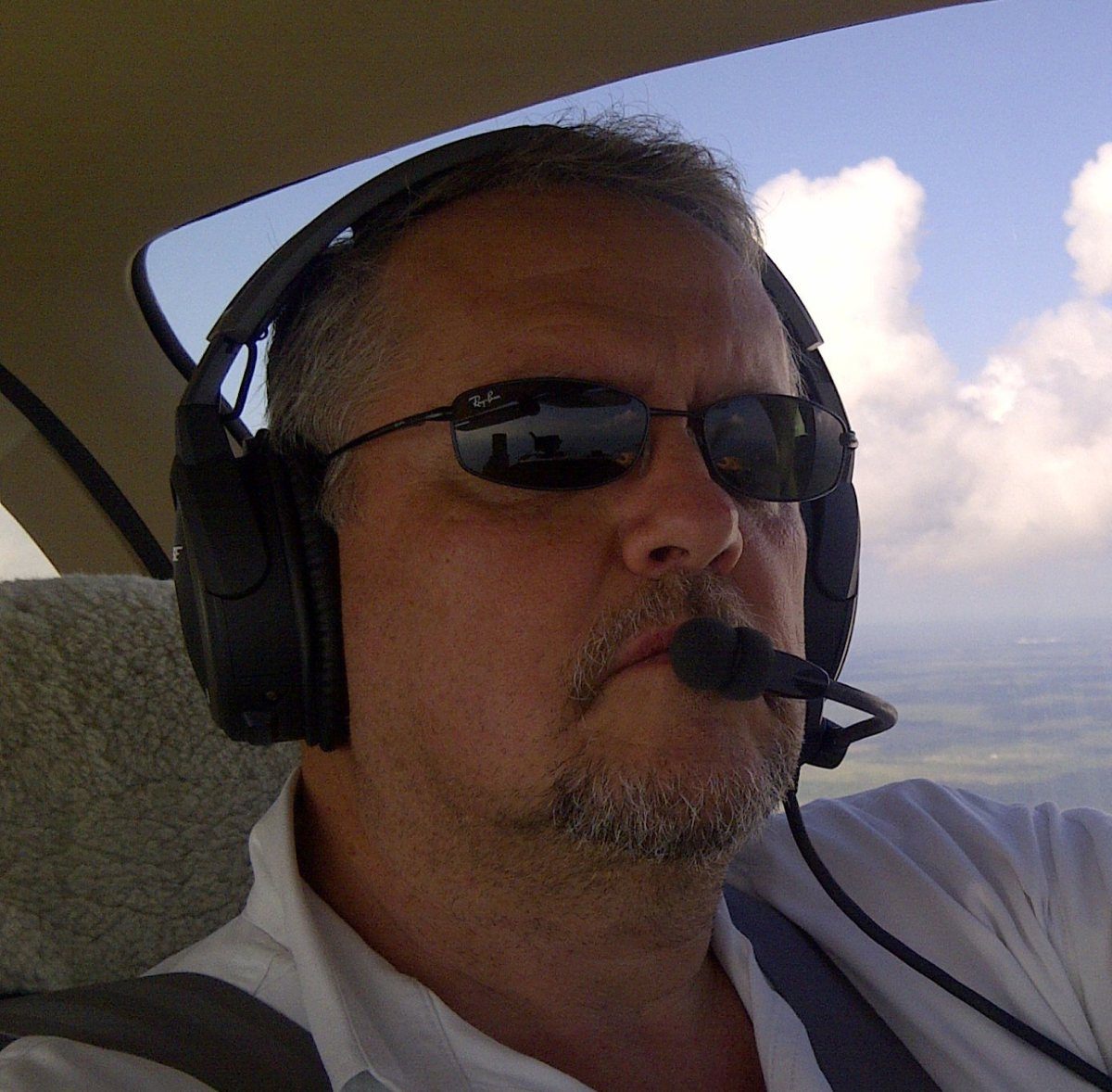






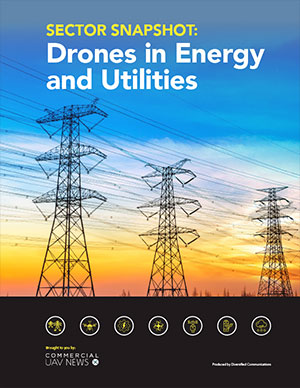

Comments